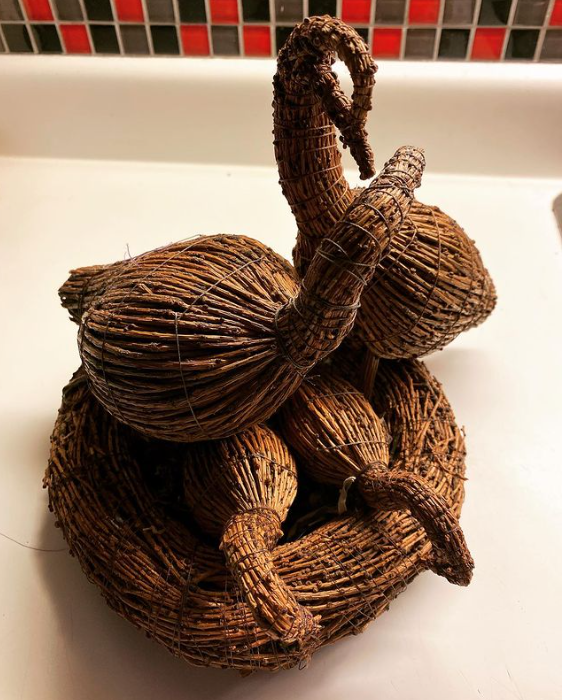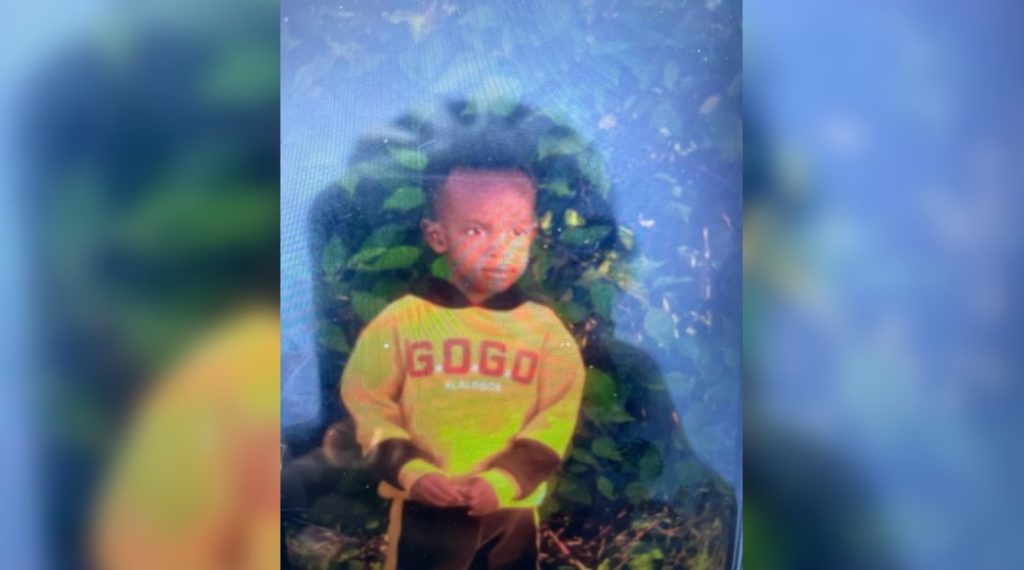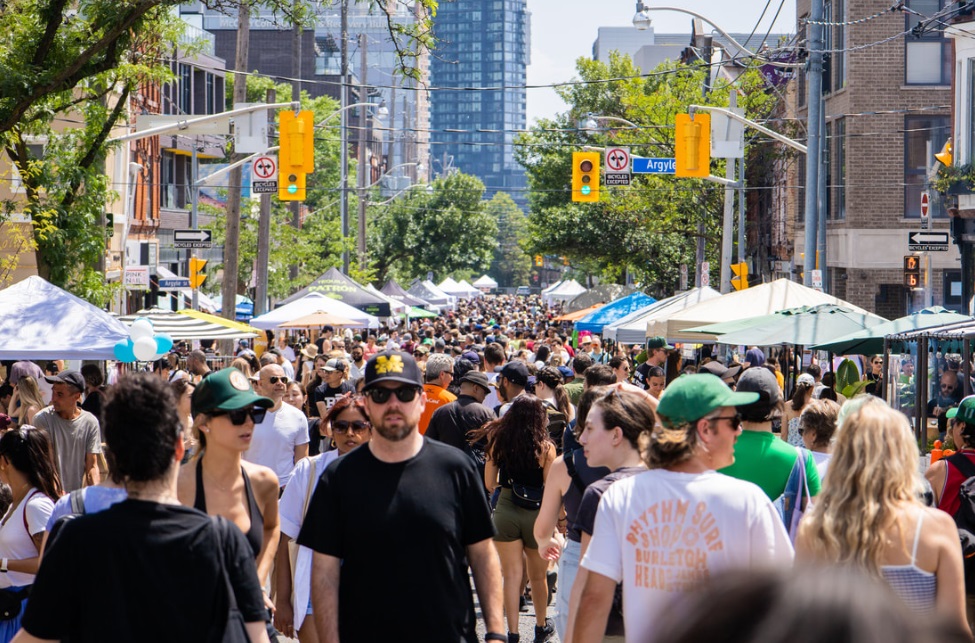What are land acknowledgements and why do they matter?
Posted June 24, 2022 9:46 am.
Last Updated June 26, 2022 2:24 pm.
Land acknowledgements have become commonplace at the beginning of meetings, events and even our own newscast.
Many are familiar with them in a contemporary context as a sign of respect and a reminder that the land we stand on was stolen from Indigenous people. They gained prominence after the release of the Truth and Reconciliation Commission’s report in 2015.
But the practice has existed for “time immemorial,” explains Indigenous relations consultant Michael Etherington. When Indigenous people visit other territories, it is customary to show respect and acknowledge the traditional stewards of that land.
“Historically, a lot of Indigenous nations used them as a traditional protocol, more specifically around diplomacy. And you see that actually most evident with colonial officials during the Treaty of Niagara — [recorded in] wampum belts,” he says. “But now where we are today, they are seen as an act of reconciliation.”
Contents of a land acknowledgement
Etherington says apart from mentioning traditional territories and treaties, land acknowledgements by definition must involve the people of the land that are being referenced or recognized.
“Geographically – think national but act local. Acquire a more deeper understanding of what the local regional dynamic is with regards to the relationship of Indigenous peoples in your community,” he says. “You’re recognizing a group of people and when you’re recognizing that group how many of you actually consulted, engaged and more importantly had those groups’ consent to what you’re doing?”
Etherington says land acknowledgements as an act of reconciliation require the building and maintaining of relationships with Indigenous people. Without that connection, they ring hollow.
“That tells you there’s no relationship presence. That’s kind of a paternalistic view. You’re assuming it’s in the interest for these groups to be identified,” he says.
He suggests using the United Nations Declaration on Rights of Indigenous Peoples as a guiding document for best practices in building relationships and meaningful engagement protocols — specifically the fact that “free, prior and informed consent (FPIC) is an inherent right of Indigenous peoples and helps ensure their survival, dignity and well-being.”
“So if you’re an organization undertaking acts of reconciliation, always cross reference and ask, ‘are we establishing free prior, informed consent for individual collective groups that we’re reaching out to,'” says Etherington.
He says friendship centres in urban areas and local band councils are appropriate points of contact to gather information for land acknowledgements.
“I would actually not recommend just Googling, because I’ve worked with organizations who just get information which is not accurate or correct. I think from [these sources] you’ll get actually a direct connection within the community.”
Etherington also highlights that it is important to distinguish between ownership and stewardship of land.
“What does it mean for Indigenous peoples when they talk about land and territory? … when they acknowledge connection to the land, it’s not just amongst peoples … [it’s about] all the beings that surround us,” he says.
On an individual level, he says it is important to take time for self-reflection and healing before talking about acknowledging land and territory “because by the time you speak these words … they are then more meaningful and more substantive.”
“An individual should go through a process of self-awareness and understanding and ask ‘who am I in this conversation?'” he says. “When you look at that, there’s a deep value and principle for yourself” as opposed to words spoken externally without connection to your own identity.
Beyond symbolism
Etherington refers to land acknowledgements in part as “a pathway towards a journey of reconciliation” — a first step on a long road ahead.
“One of the challenges [about acknowledgements] today is the symbolic interpretation … with that acknowledgement there should be movement towards meaningful actions within institutions to address structural changes,” he says.
He believes the most necessary changes should be implemented in the Canadian education system.
“If you look at Canadian civics books, residential schools are a page. So we do need more meaningful educational reform. To quote senator Murry Sinclair, he said ‘education got us into this mess and education will get us out. So for everyone involved, we have to champion that to ensure that it goes into the education system, K to 12.”
Etherington feels land acknowledgements will also help broaden the conversations around truth and reconciliation to include justice.
“So many may think of it just as a symbolic action, but what we’re doing here is we’re planting seeds. When you think about a land acknowledgement, that is a seed towards justice. Every Canadian right now, they have those seeds within them, but it’s time to nourish them and allow those to grow,” he said.
He believes change and meaningful growth will only come through cooperation. To illustrate his point, he brought with him geese or niska made from the tamarack tree which are an important cultural symbol to Omushkego Cree in James Bay where he is from.

Tamarack geese are an important cultural symbol to Omushkego Cree in James Bay.
“Geese are partners for life much like the treaty relationships – as long as the sun shines, the grass grows and the rivers flow. When you see them flying in the flock, they share responsibility together … so when you think about our role and responsibility towards reconciliation it should not be an individual action, we’re trying to create a movement. When you have that aspect of shared responsibility, that’s when we see a change and that shared responsibility … is between Indigenous and non-Indigenous peoples.”
Currently, Etherington says Indigenous people are doing the heavy lifting when it comes to driving change.
“Indigenous peoples are getting put to the forefront and they’re creating the momentum, they’re creating the accountability and they create the action and I think that’s fundamentally wrong. Why is it the people who experience the injustice have to steer this conversation?” he asked, reiterating that the burden must be shared.
“We’re holding our hands out and we’re asking Canadians, are you ready to join us in this conversation? We’re not gonna force you, but when you’re ready, join us.”








